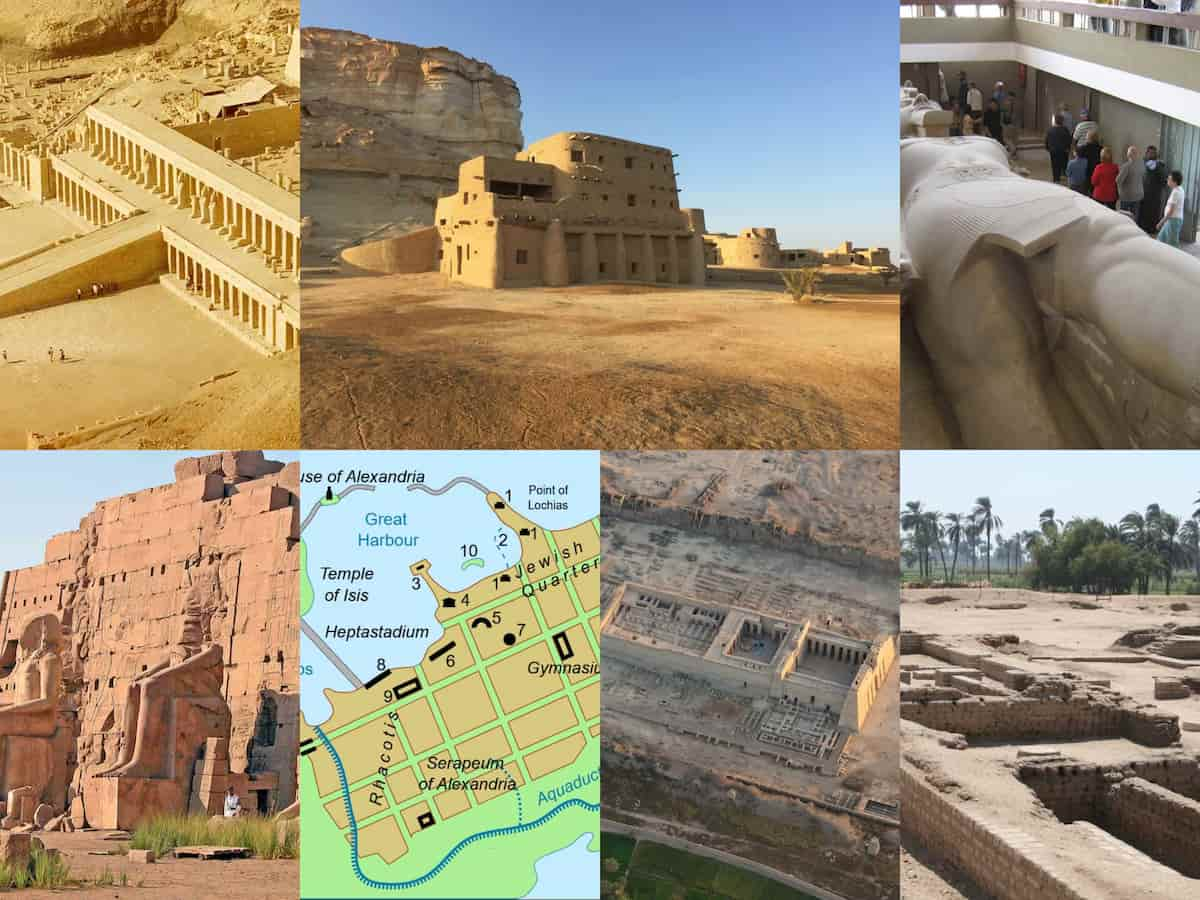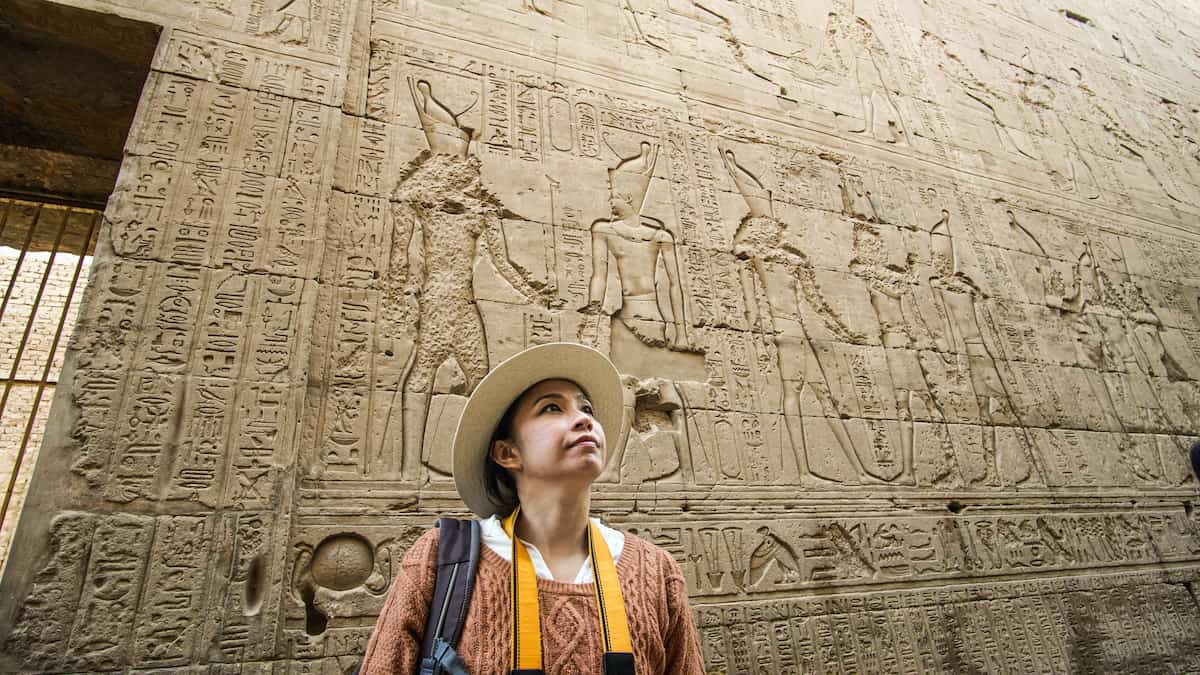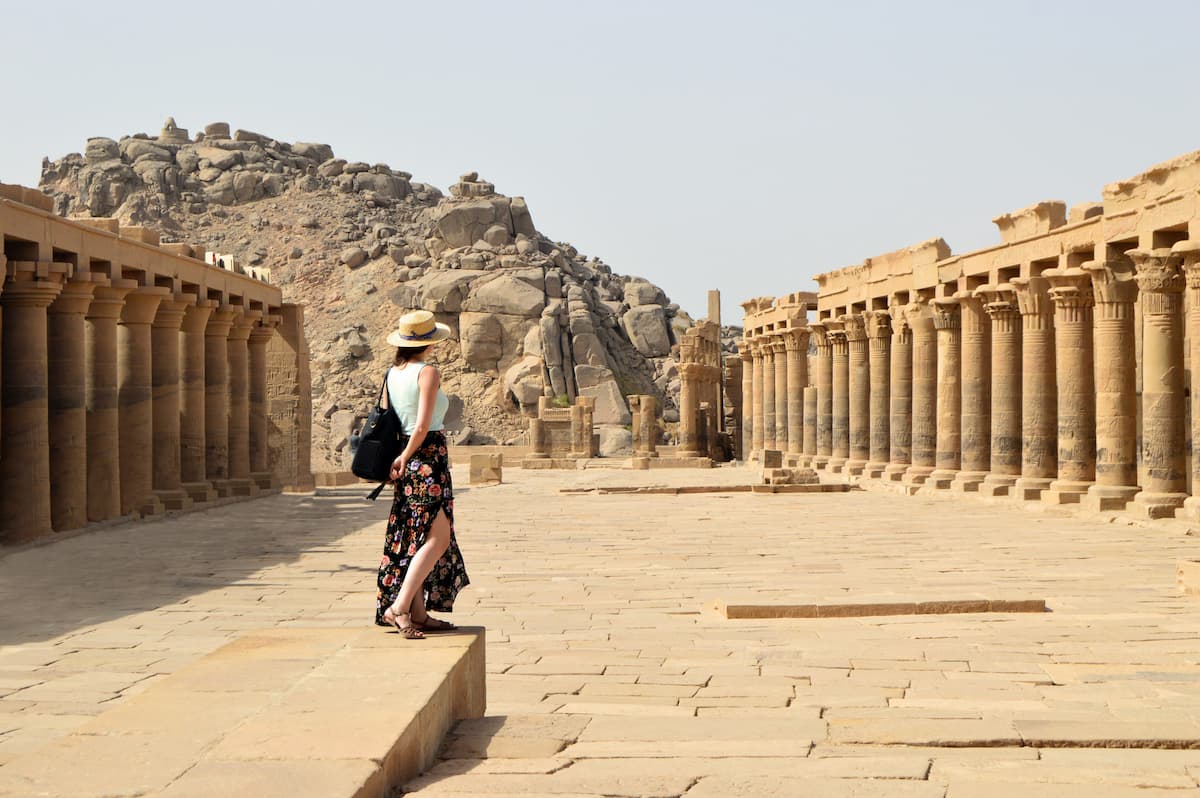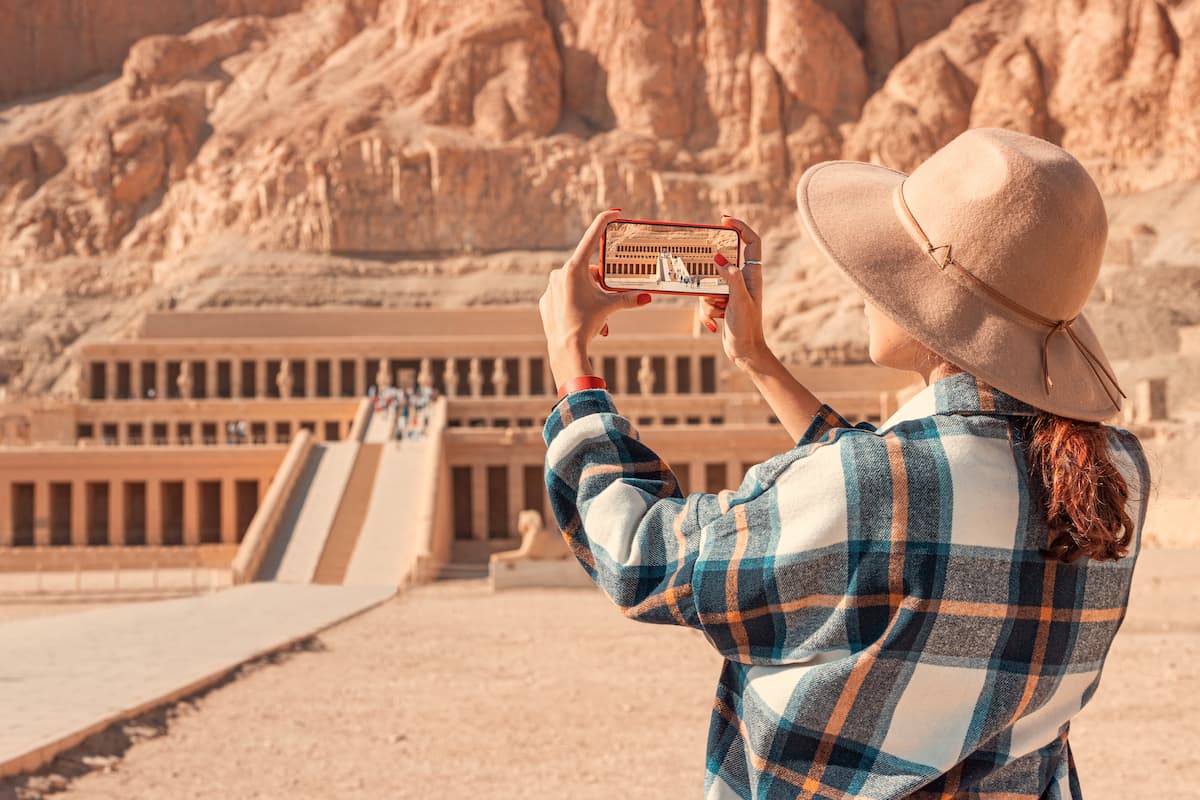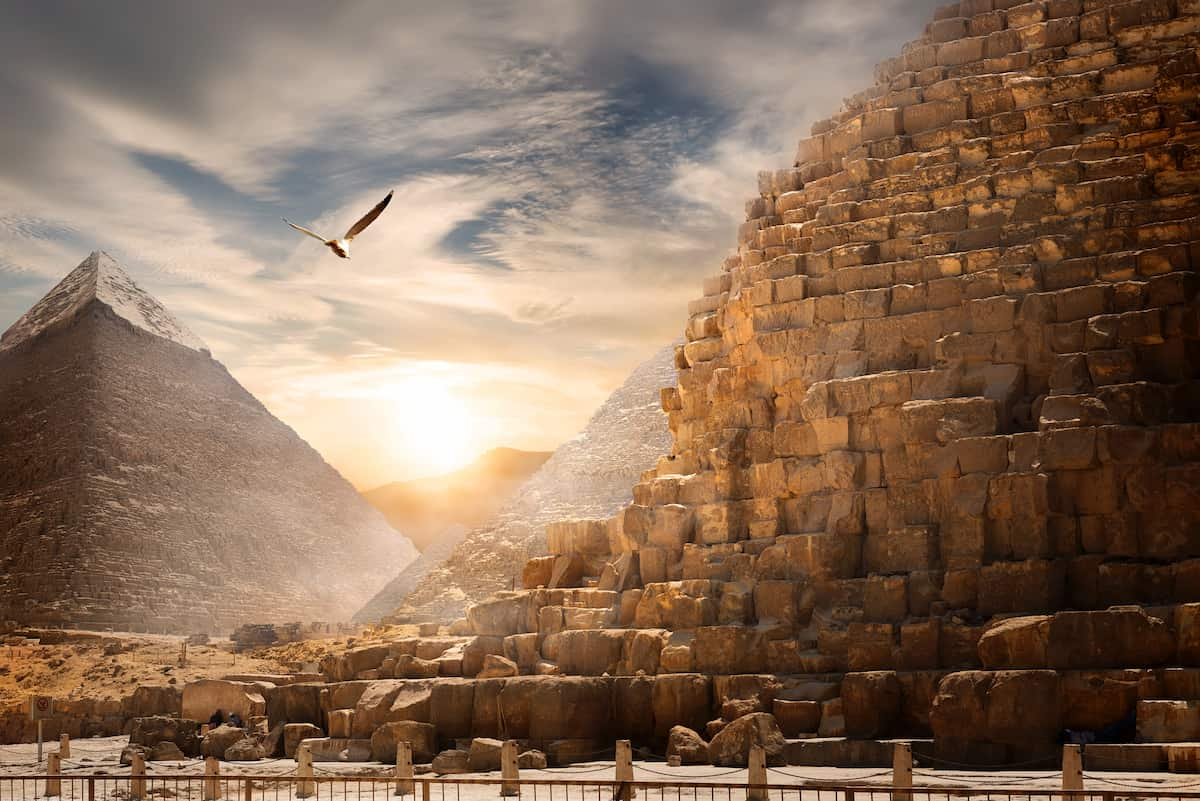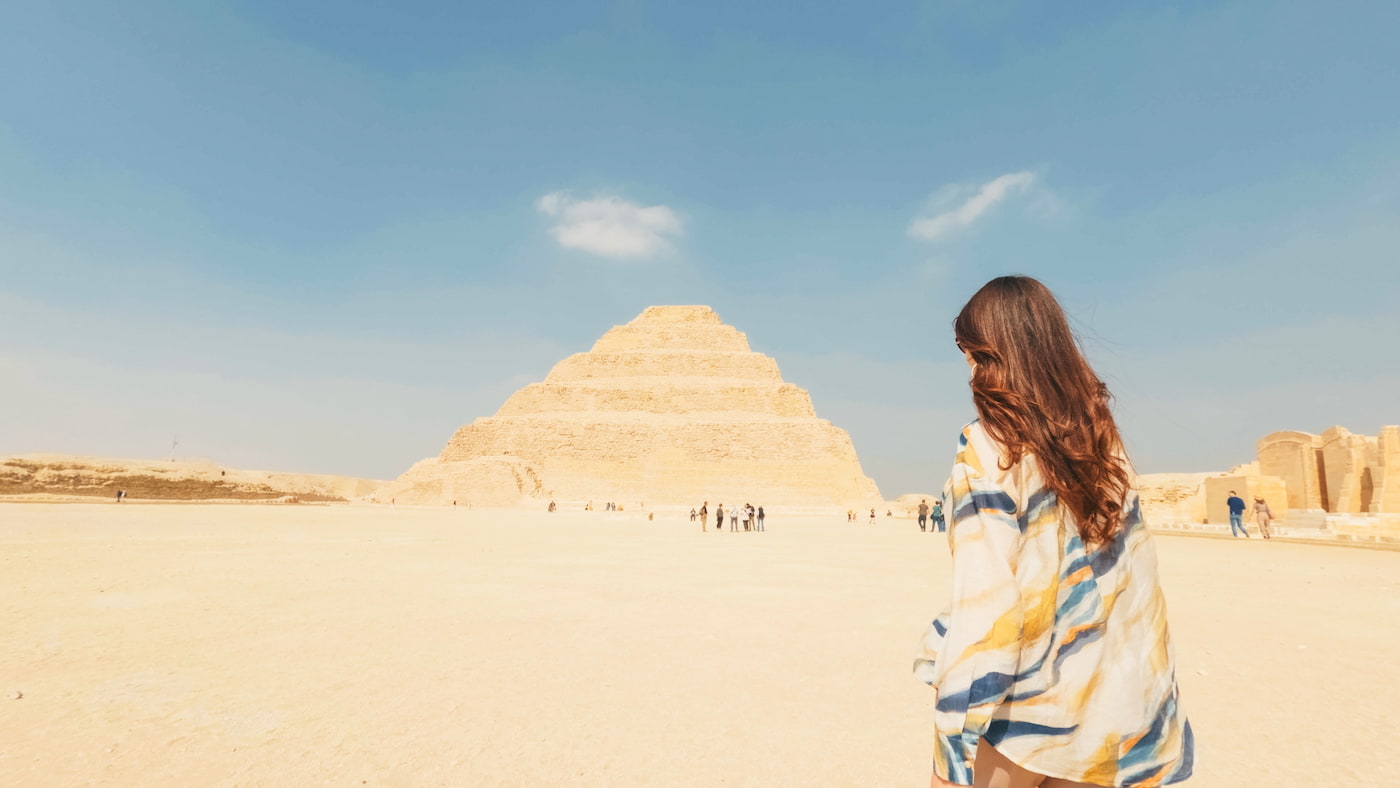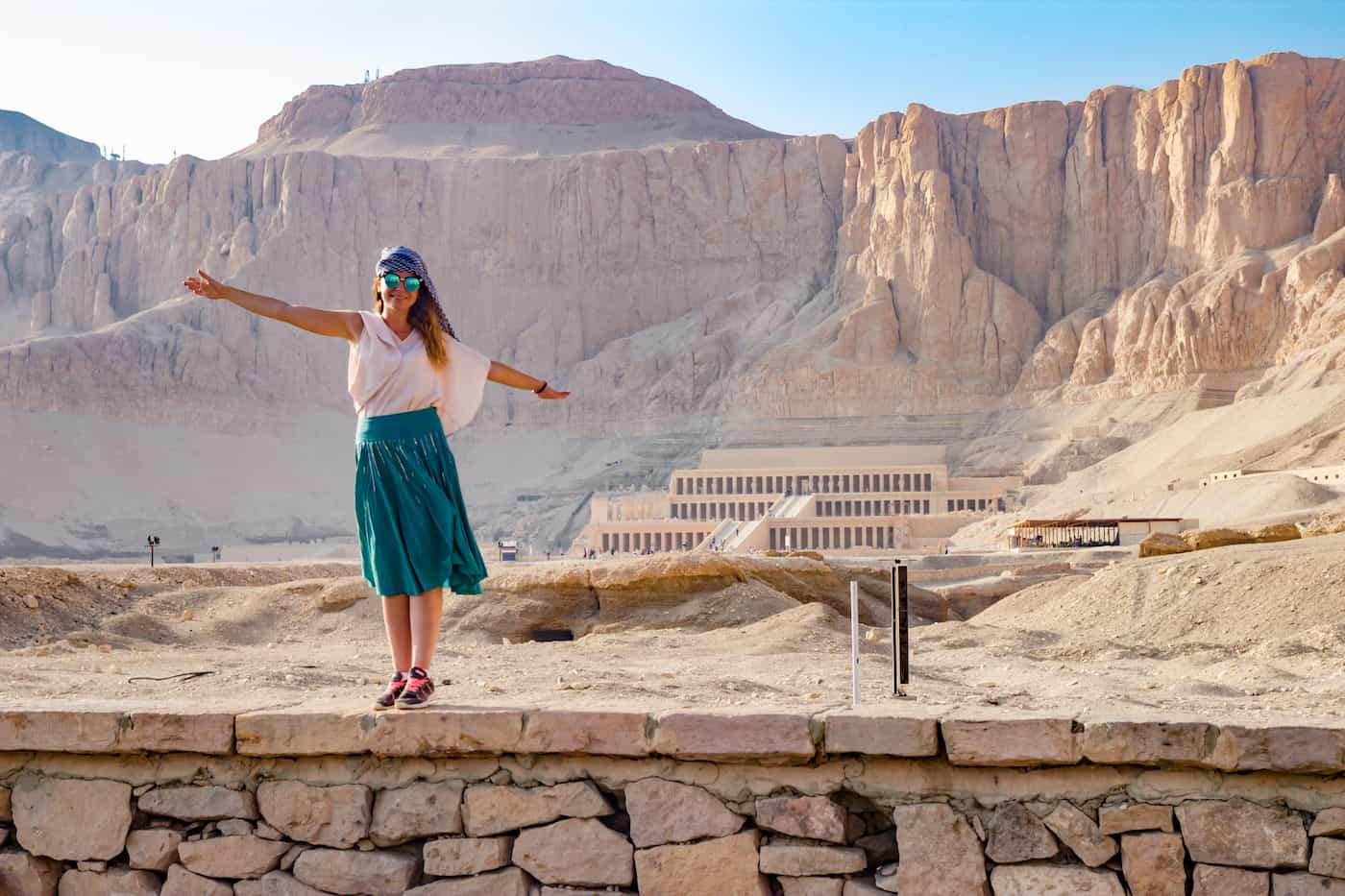Ancient Egyptian Palaces: Get To Know The Most Prestigious Palaces Built By The Ancient Egyptian Pharaohs
When we hear about ancient Egypt, the first thing that comes to mind is the pyramids and temples. However, few people talk about the royal palaces where the pharaohs lived and left their mark not only on politics, but also on art and architecture. These ancient Egyptian palaces were not merely residences; they were centers of government, administration, and military planning, as well as places for receiving delegations and royal celebrations.
One of the most famous of these palaces was King Akhenaten’s palace in Akhetaten (present-day Tell el-Amarna), which was built with a luxurious and distinctive design when he decided to move the capital away from Thebes. There were also palaces in Thebes used by New Kingdom kings such as Ramses II and Thutmose III, and these were close to monumental temples such as Karnak and Luxor.
These palaces were built of mud brick and decorated with intricate carvings and colors. They contained spacious halls, gardens, and rooms for the king and guests. Although their remains are not as clear as those of the temples, the remains that remain testify to the grandeur of royal architecture.
Anyone who visits Egypt will not only see a civilization on the walls, but will also feel the greatness of people who lived thousands of years ago and had an amazing sense of art and organization, even in their homes and palaces.
1. Memphis Apries Palace, an Ancient Egyptian Palaces
In a quiet spot amidst the ruins of the ancient city of Memphis, you can glimpse the remains of the palace of Apries, one of the kings who ruled Egypt during the Twenty-sixth Dynasty. This palace was once one of the most important centers of government in Egypt, and anyone visiting it today feels as if they have stepped back thousands of years in time.
King Aprus chose to build his palace in the heart of the capital, close to the Nile, amidst life, politics, and religion. While the palace now only has a few crumbling walls and rooms that were once teeming with life, the place still has an astonishment and mysterious serenity that makes you imagine the people who once walked through it.
What’s even more beautiful is the colossal statue of Ramses II standing not far from the palace, as if completing the scene and reminding us of how great the pharaohs were. The palace is not just an ancient site; it bears witness to a long history and to a civilization that has always been at the forefront.
If you like places that speak for themselves, and where, when you walk through them, you feel that you are not alone, then you must visit Abres Palace in Memphis… a different experience that will stay in your mind.
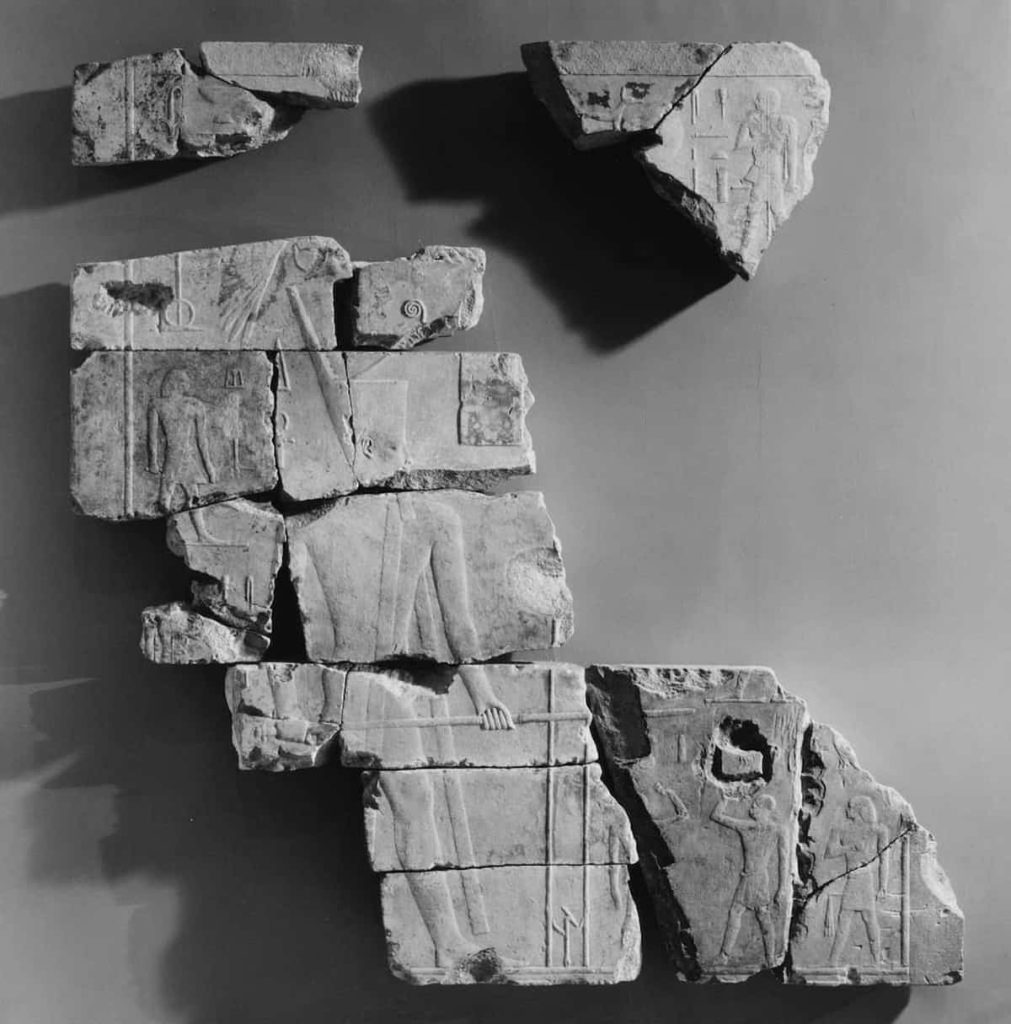
2. Amenhotep III (Malqata, the House of Rejoicing)
Imagine this: on the West Bank of Luxor, specifically south of the famous mortuary cities like Medinet Habu. There was a magical place called “Maleqta.” But it wasn’t just a place; it was a fully-fledged royal city. Moreover, the ancient Egyptians called it “The House of the Joy of Aten-Amun” for the great King Amenhotep III. Not just a palace for the king, it was a true capital of celebration and grandeur. Built specifically to be the center of the luxury and lavish royal life.
Walking around its remaining ruins today, you can easily imagine the splendor that existed in its heyday. The city included a large group of luxurious royal palaces for King Amenhotep III and his extended family. Alongside small temples dedicated to the worship of the gods Aten and Amun. As well as a vast complex of residences for the nobles and senior statesmen who lived around the king. This was in addition to workshops that produced everything a city of its size could need. As well as huge holds for provisions and goods.
Perhaps the most prominent feature of Malqata was the enormous artificial lake called “Biru” or “Birkat.” This was a vast lake, and it is said that King Amenhotep III spent pleasant times there with his beautiful wife, Queen Tiye, sailing their royal boats in an atmosphere of tranquility and beauty.
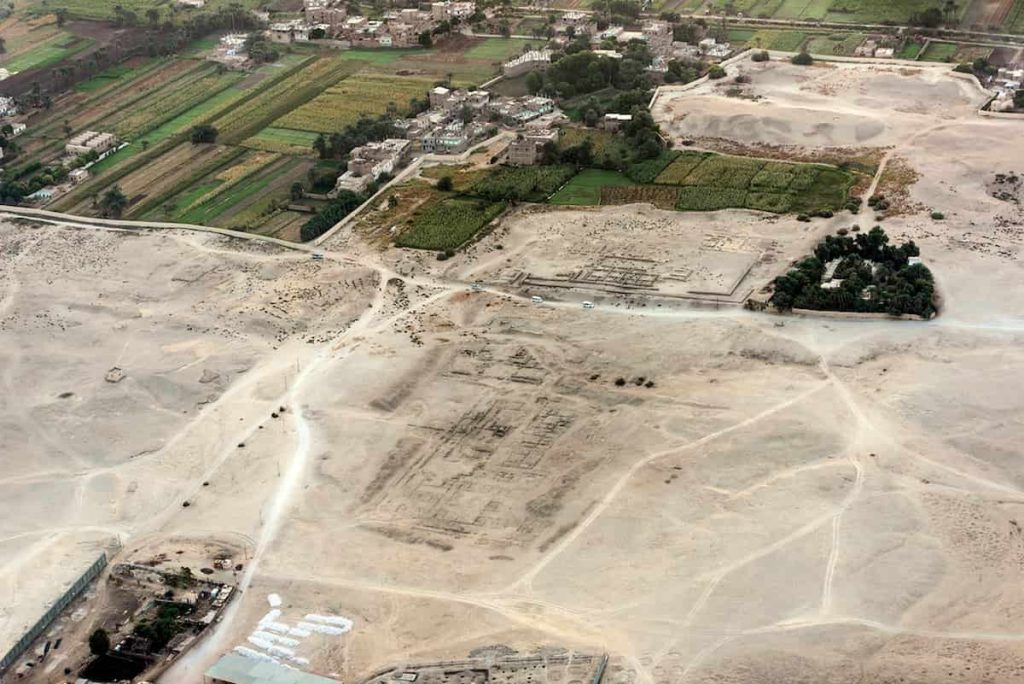
3. Akhenaten, the Northern Palace of Amarna
In the heart of the city of Akhetaten, built by King Akhenaton to worship the sun god Aten, we find one of the most daring and outward-looking places in his history: the North Palace and the Sun Temple. This place was not just a royal palace; it was a symbol of an entire era in which Akhenaten sought to change the way Egyptians thought and worshipped.
The North Palace at Tell el-Amarna was the residence of the royal family, but it was also directly connected to the Sun Temple, demonstrating how much Akhenaten viewed religion and politics as one entity. The palace itself was massive, with open courtyards, gardens, and walls painted with natural and family scenes, revealing a human side to the life of the king and his family.
The Sun Temple, on the other hand, was designed in a completely different way from other Egyptian temples. There was no roof; it was entirely open, allowing the sun to enter from every angle, as if nature itself was part of the ritual. The entire place proclaimed: “Aten is everything.“
Anyone visiting the Northern Palace today will feel as if they have stepped back thousands of years, amidst a king’s attempt to create a new world… even if only for a short time.

4. Pi-Ramesses The Imperial Palace of Ramses II
The Imperial Palace of Ramesses II was not just an ancient city; it was the beating heart of the Egyptian Empire during the reign of its greatest king, Ramesses II. Built in the Nile Delta, near the current site of the village of Qantara Sharq, the city was the seat of government and control over the East.
The imperial palace at Pi-Ramesses was an architectural masterpiece in every sense of the word. Imagine entering a massive palace, its walls adorned with inscriptions depicting Ramesses’ exploits, especially the famous Battle of Kadesh. Important political and military decisions were made there, and the king, his family, and other prominent statesmen lived there.
The city also boasted gardens, temples, and stables that housed thousands of horses, illustrating how Pi-Ramesses was a major military center. Its proximity to Asia made it Egypt’s gateway for wars and trade with the East.
Today, the remains of Pi-Ramesses speak of the glory of a city that disappeared underground, yet lives on in the memory of history. Ramesses’ Palace is not just a building; it is a symbol of an era when Egypt was on top of the world.
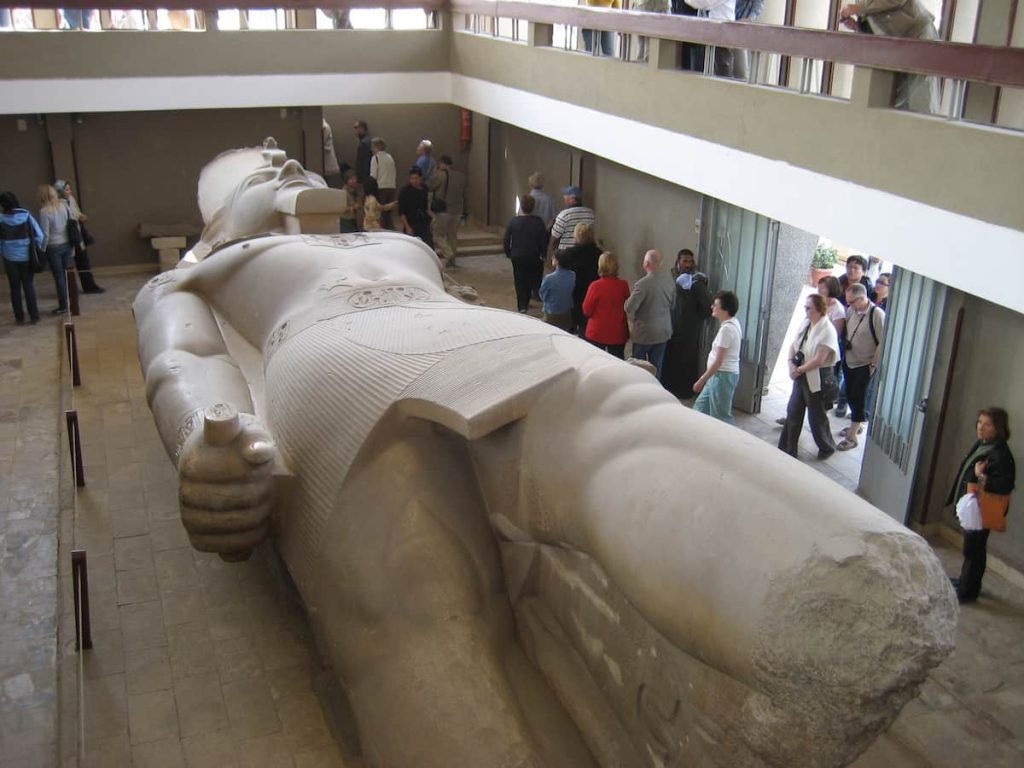
5. The Royal Residence of Merenptah ( Thebes’ Warrior Palace )
In the heart of the ancient city of Thebes, King Merneptah, son of Ramesses II, built his palace, known as the “Warrior Palace.” This place was not just a royal residence; it was a center of leadership and administration at a time when Egypt was facing major internal and external challenges.
The palace was designed to reflect Merneptah’s character as a warrior king. The walls are engraved with scenes of war and victories against Egypt’s enemies, particularly the Sea Peoples. The interior design is lavish yet practical; it includes meeting halls, courtyards for soldiers, and areas dedicated to religious rituals, as if the palace were an entire kingdom within a wall.
Another distinguishing feature of the palace is its proximity to the temples of Karnak and Luxor. Its presence in Thebes was a confirmation that governance, religious power, and political power must coexist in one place. Although many parts of the palace have been destroyed over time, the remaining remains speak of the genius of pharaonic architecture and the spirit of leadership that resided within the walls.
Visiting the palace today is not just a trip to the past; it is an experience that makes you feel the greatness of a civilization that is thousands of years old and is still able to amaze you.
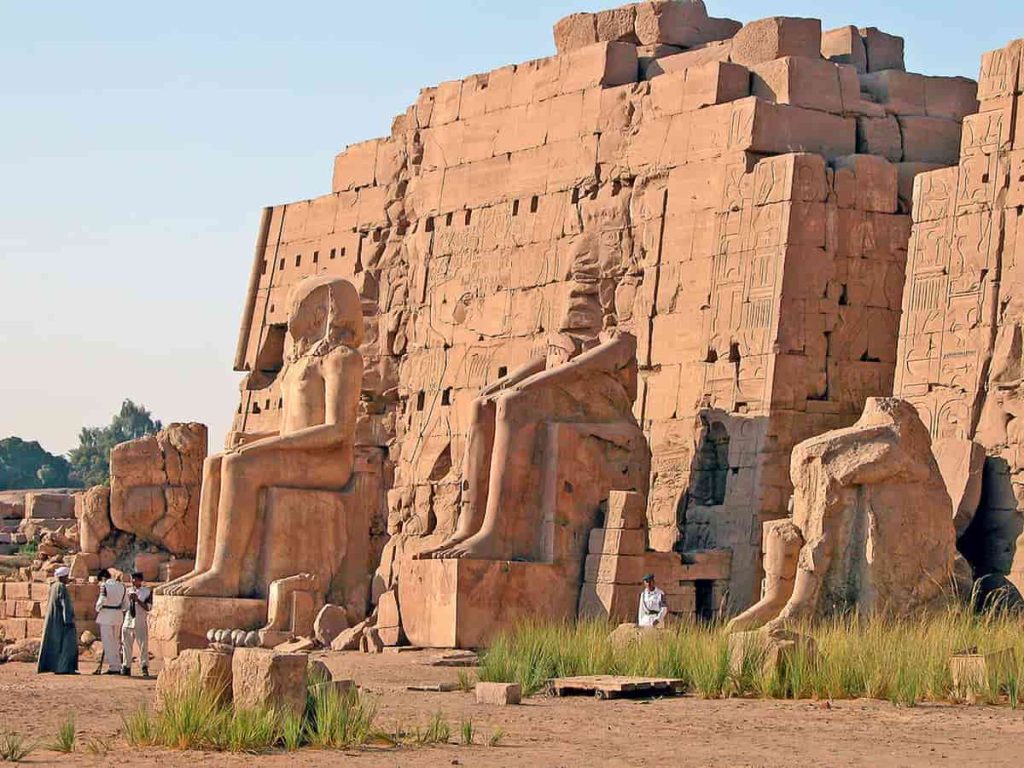
6. The Lost Court of Tutankhamun: The Palace of Thebes
In the heart of ancient Thebes, near the temples of Karnak and Luxor, it is believed that the young king Tutankhamun lived in a palace that has now become a historical mystery. This place, once teeming with royal life, power, and decisions, is now known as the “Lost Palace,” or Tutankhamun’s Court.
Sadly, very little remains of this palace; most of it has been lost to time, the Nile, and the sands. However, the drawings, inscriptions, and some small relics discovered by archaeologists indicate that it was a very luxurious place, with massive columns, colorfully decorated walls, and spacious waterfront gardens.
What is interesting is that this palace was not only a seat of government, but also a witness to a major political and religious transformation, especially after the reign of Akhenaten, when Tutankhamun began to restore the worship of Amun and move the center of government to Thebes.
Today, the palace isn’t there as it once was, but the mere idea of its existence makes any visitor to Luxor feel as if they’re walking on undiscovered secrets… as if Thebes is still telling the stories of its kings in the silence of the sands.
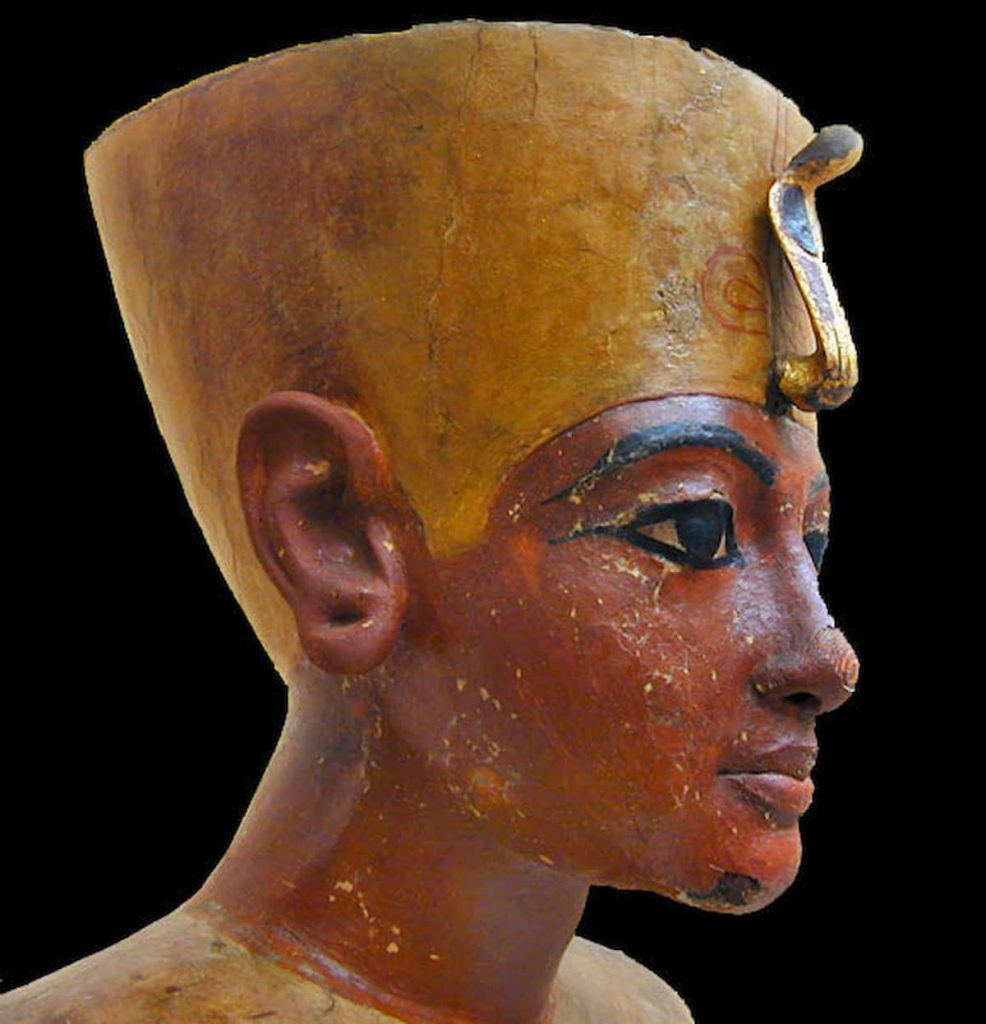
7. Cleopatra’s Palace of Antirhodos in Alexandria
Imagine diving underwater and gazing at the palace of a queen, and not just any queen… Cleopatra! In the heart of the Gulf of Alexandria, specifically on an island called Antirhodos, lies one of the greatest mysteries of Egyptian civilization—the sunken palace of Cleopatra. This palace was the center of power and grandeur during the Ptolemaic era, where Cleopatra met world leaders and plotted her alliances. It was here that her famous love story with Julius Caesar and Mark Antony began.
After a violent earthquake and natural disasters in the fourth century AD, the ancient egyptian palaces was completely submerged. For many years, it was considered a myth, until it was rediscovered by divers and archaeologists in 1996. Today, divers visit it as if they are stepping back in time.
The statues, columns, and even parts of the palace buildings are still underwater, remarkably well preserved. The palace is not only evidence of a great civilization, but it also opens the door to the dream of everyone who loves history and the sea…to see Cleopatra’s greatness with your own eyes, even if it’s underwater.
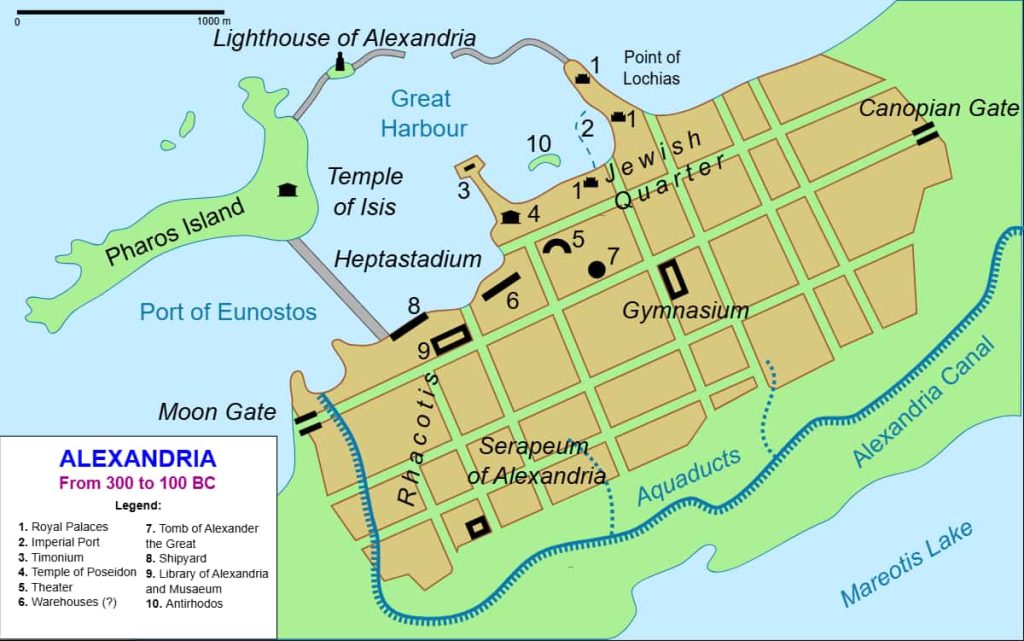
8. Temple Palace of Hatshepsut at Deir el-Bahari
The Temple of Hatshepsut at Deir el-Bahari is one of the most magnificent ancient Egyptian palaces sites you can visit in Egypt. Moreover, this temple is not just an ancient building; it is an architectural masterpiece built by the pharaohs thousands of years ago. Specifically by Queen Hatshepsut, one of the most powerful and intelligent women in ancient Egyptian history. Furthermore, she chose to build her mortuary temple in a special location at the foot of a mountain in Luxor, as a testament to her greatness and immortality.
The temple has a unique design, different from other pharaonic temples. It consists of three levels, or sundecks, each connected to the next by long staircases that ultimately lead to a huge hall with towering columns. The paintings and inscriptions on the walls tell stories about her life, such as her famous trade journey to Punt, her religious rituals, and how she offered sacrifices to the gods.
The most striking feature here is the harmony between the temple and the surrounding nature, as if it were part of the mountain itself. When you walk inside, you’ll feel a sense of dignity and serenity that makes you live in the moment and respect the genius behind every stone. Hatshepsut’s Temple is not just a place to visit; it’s a gateway to a time when women ruled one of the world’s greatest civilizations.
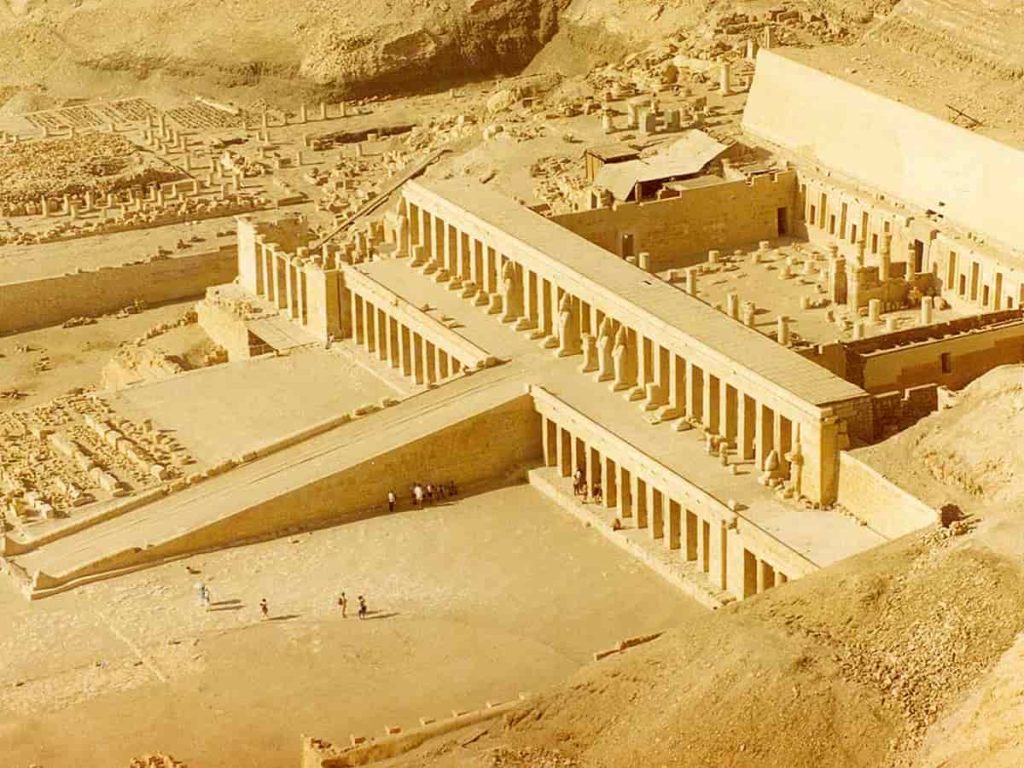
9. The Ancient Egyptian Palace of Seti I in Thebes
The palace of King Seti I in Thebes (present-day Luxor). It was one of the most important palaces during the time of the pharaohs. Moreover, Seti I was the father of the famous King Ramses II, the powerful king during a period when Egypt was prosperous and powerful. Furthermore, this ancient Egyptian palace is located near the Karnak and Luxor temples. Additionally, served as the king’s residence and from where he administered the affairs of government.
The palace was very large, with many rooms and spacious halls. It was decorated with beautiful paintings and engravings depicting the king’s victories and his relationship with the gods. Although only a few fragments of the palace remain, what remains of it demonstrates the grandeur and meticulously constructed nature of this place.
Visiting the site today will allow you to imagine the lives of ancient kings and see firsthand how the pharaohs paid attention to every detail of their lives, from the design of the palace to its decorations.
The Palace of Seti I is not just a historical site; it is a story from the past, telling the story of a powerful king and a great civilization that continues to amaze the world to this day.
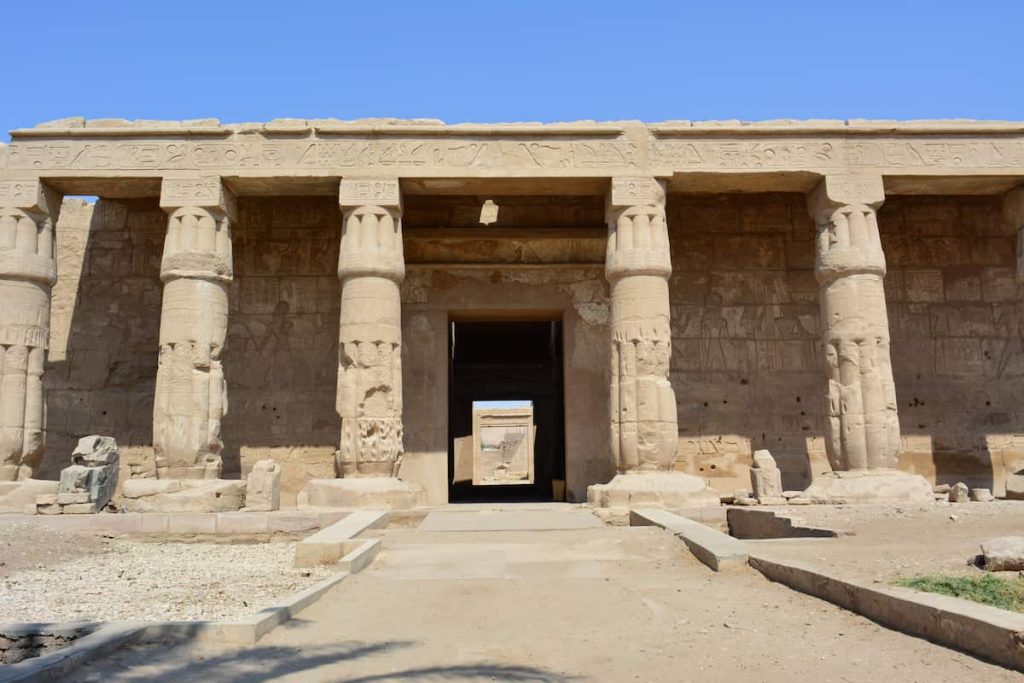
10. The Ancient Egyptian Palace of Thutmose III in Thebes
In the heart of ancient Thebes, specifically next to the great temples of Karnak, stood a palace unlike any other… the palace of Thutmose III, the warrior emperor who wasn’t satisfied with wars and victories, but built for himself an empire of stone that spoke volumes of his power and prestige. The palace, with its ruins and shadows that remain to this day, allows us to imagine the life of a king who ruled the world’s greatest civilization.
Thutmose III, whom historians have dubbed “the Napoleon of ancient Egypt,” was a genius at administration and leadership, and this was reflected in the design of his palace. The palace was filled with spacious courtyards, carved columns, and official rooms believed to have been used to receive visitors and foreign delegations. Every detail of the palace spoke volumes about his kingdom, from the decorations to the distribution of light.
Today, as you walk among the stone remains of Thebes, you can feel as if you are standing in the heart of the empire itself. This is not just a deserted place; it is a living testimony to an era when kings built their glory not only with swords… but also with stone.
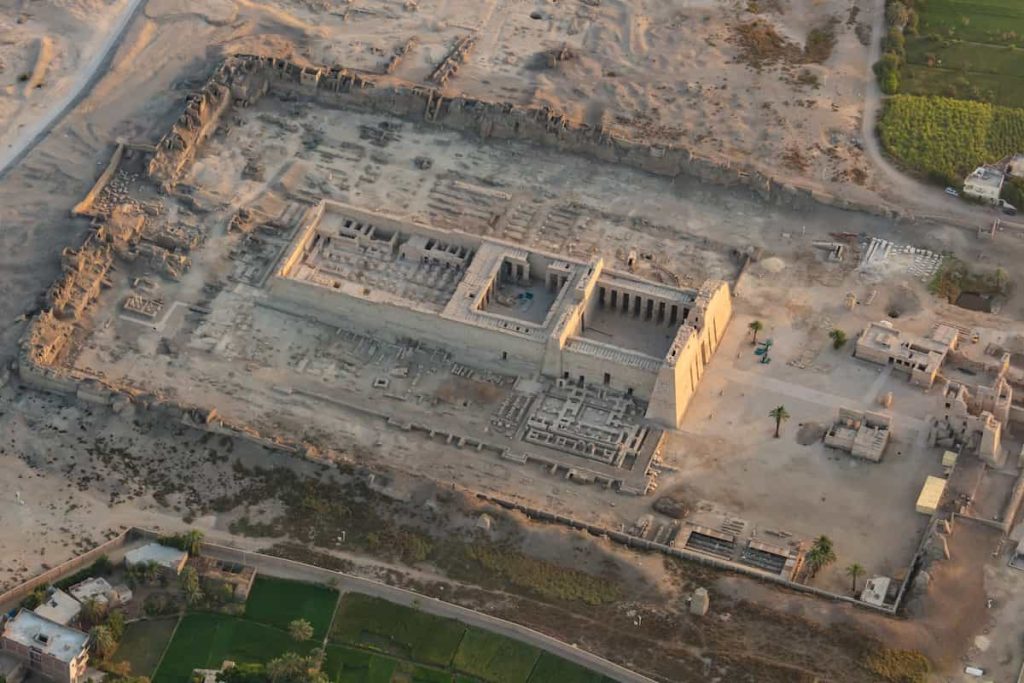
11. The Palace of Amenemhat III, Dahshur
If you love history and feel that every stone tells a story, you’ll surely be amazed by the Palace of King Amenemhat III in Dahshur. This palace is considered one of the oldest and rarest surviving palaces from the time of the Pharaohs. Amenemhat III, one of the greatest kings of the Twelfth Dynasty in the Middle Kingdom, built this palace next to a pyramid he also built in Dahshur. It served as a royal residence and a place where he could spend his time amidst protection and relaxation.
People in the past called this palace “the Labyrinth” because its design was extremely complex, resembling a maze, and it featured numerous halls, secret passages, and multiple entrances. Although a large portion of the palace has been buried or eroded over time, archaeological excavations have revealed its foundations and walls, demonstrating the pharaohs’ ingenuity in construction and organization.
12. Ramesses III’s Fortress Medinet Habu Palace
The palace of Ramses III in Medinet Habu is one of the most beautiful places you can visit in Luxor. This place is not just a temple; it was both a palace and a fortress. King Ramses III built it to live in and protect himself from enemies.
As soon as you enter the gate, you will feel the grandeur of the place. The high walls are engraved with drawings depicting the king’s wars and victories, particularly battles against the Sea Peoples. There are also inscriptions depicting the king’s daily life, making you feel as if you are living with him.
The palace is divided into large halls and courtyards, and many details are still clearly visible, despite the passage of thousands of years. What truly distinguishes the place is that as you walk through it, you feel as if you are inside a real royal castle, not just a monument.
Visiting Medinet Habu is an enjoyable and easy experience. The place is not crowded, and you will likely find yourself walking peacefully amidst history. If you love antiquities or are visiting Luxor for the first time, you must put this palace in your plan, because it is truly worth a visit.
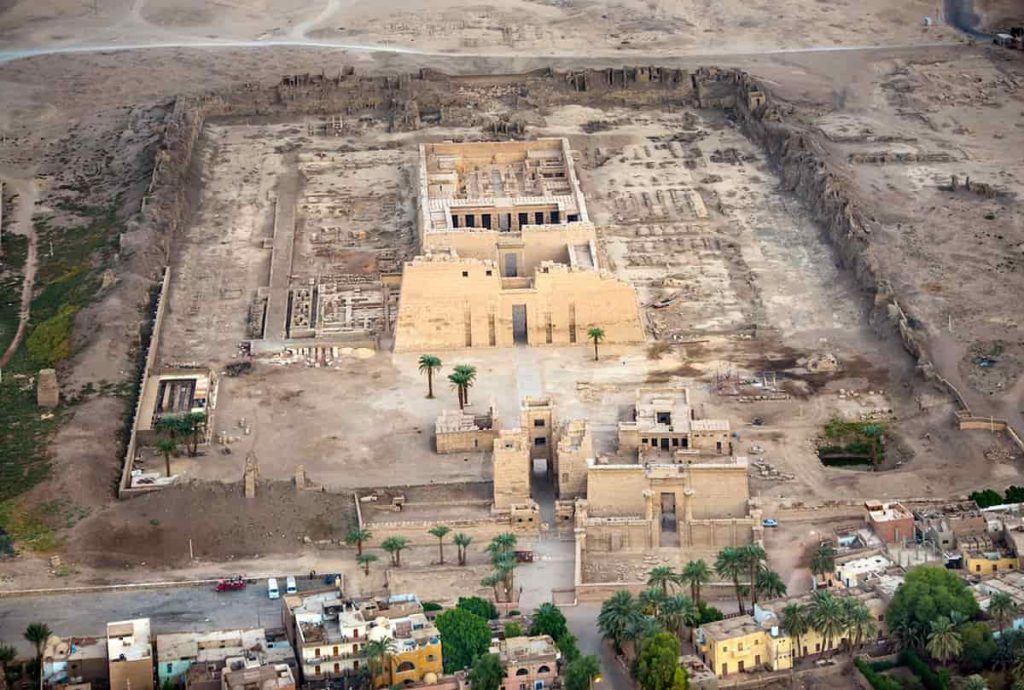
Conclusion About The Ancient Egyptian Palaces
In ancient Egypt, the pharaohs lived in large, luxurious palaces, not only for relaxation, but also as places of governance. These palaces were always close to temples or built in important capitals, such as Memphis, Thebes (now Luxor), and Tell el-Amarna.
Each palace had its character. For example, King Akhenaten’s palace at Tell el-Amarna was very unique, filled with windows to let in sunlight because he worshipped the sun god Aten. In Thebes, however, there were palaces surrounding huge temples, such as the Temple of Karnak, where prominent kings such as Ramses II lived.
These palaces weren’t just for residence; they included large guest halls, administrative rooms, gardens, and pools. Although most of these palaces are not complete, some ruins and parts of them can still be seen.
When you visit Egypt, you can walk in the same places the Pharaohs walked, and see how they lived, and how the palaces were a big part of their powerful and great civilization that still amazes people to this day.

